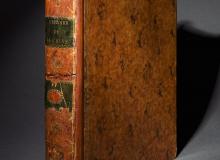Rhubarb
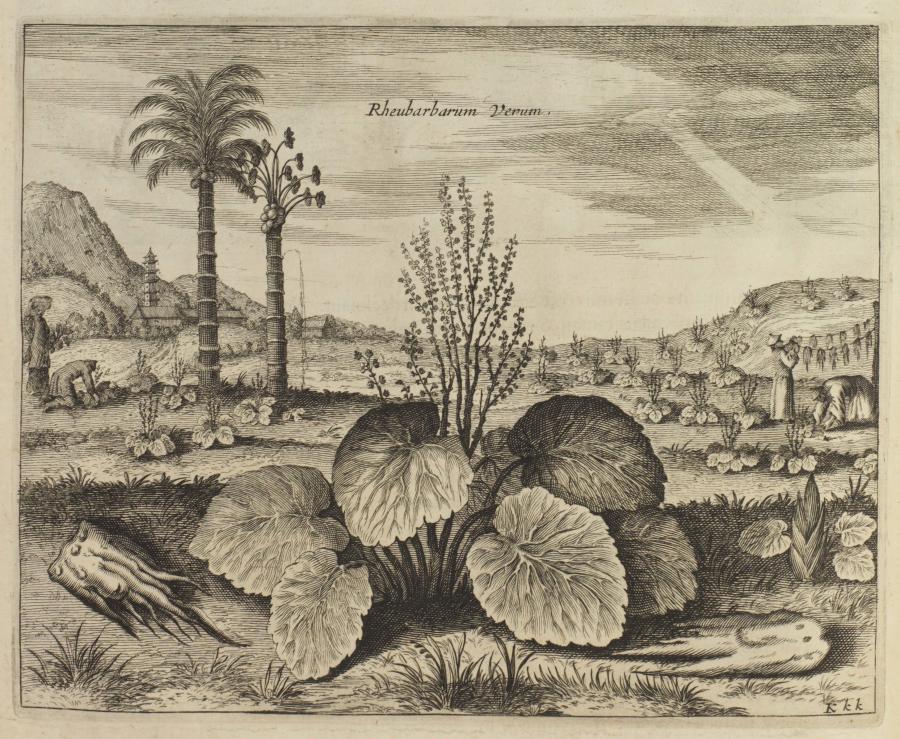
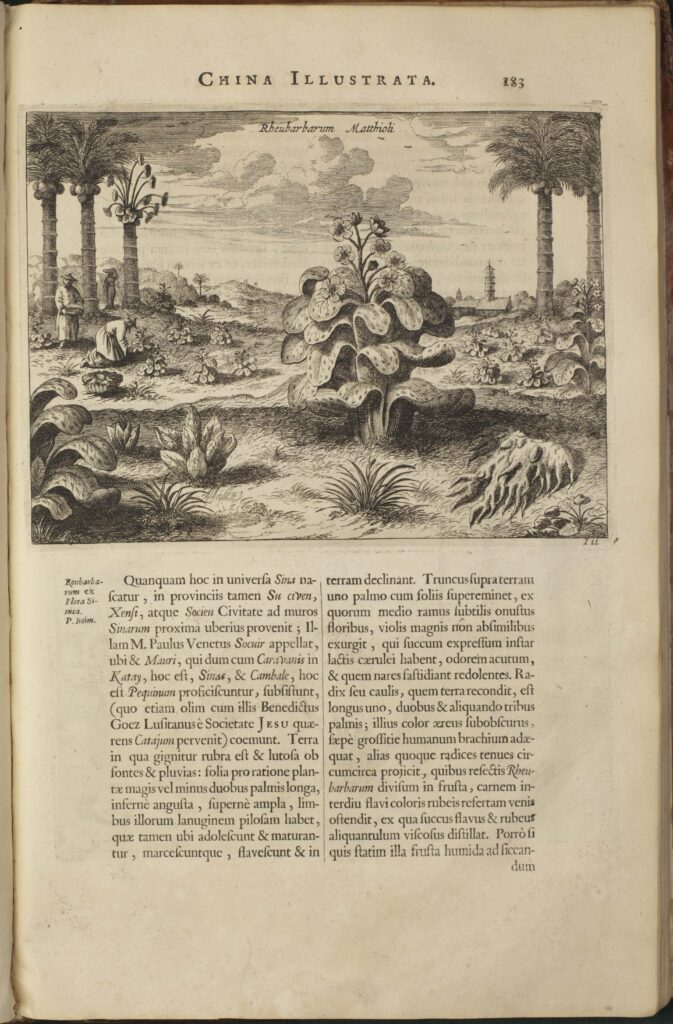
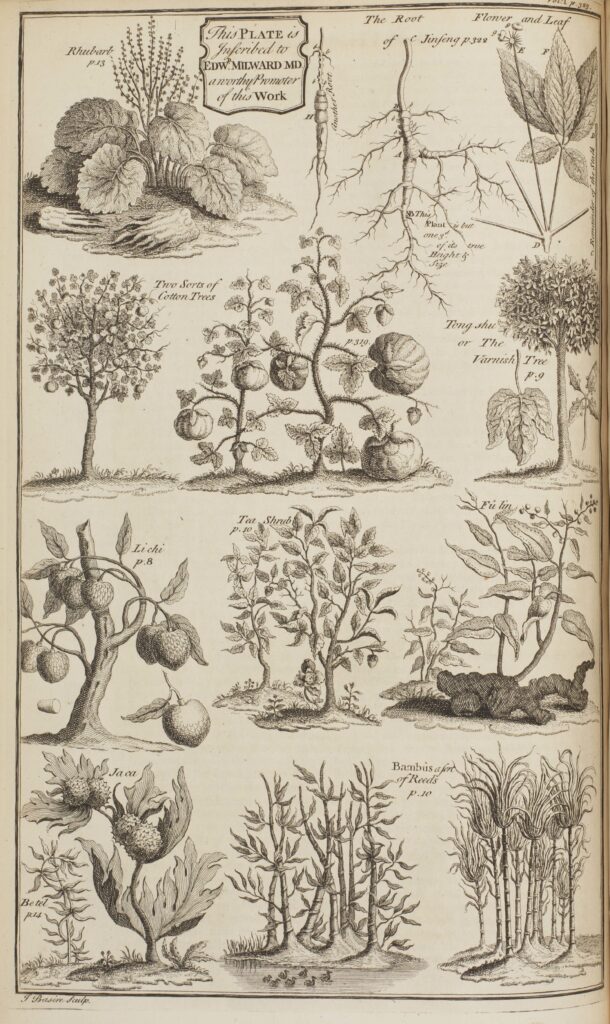
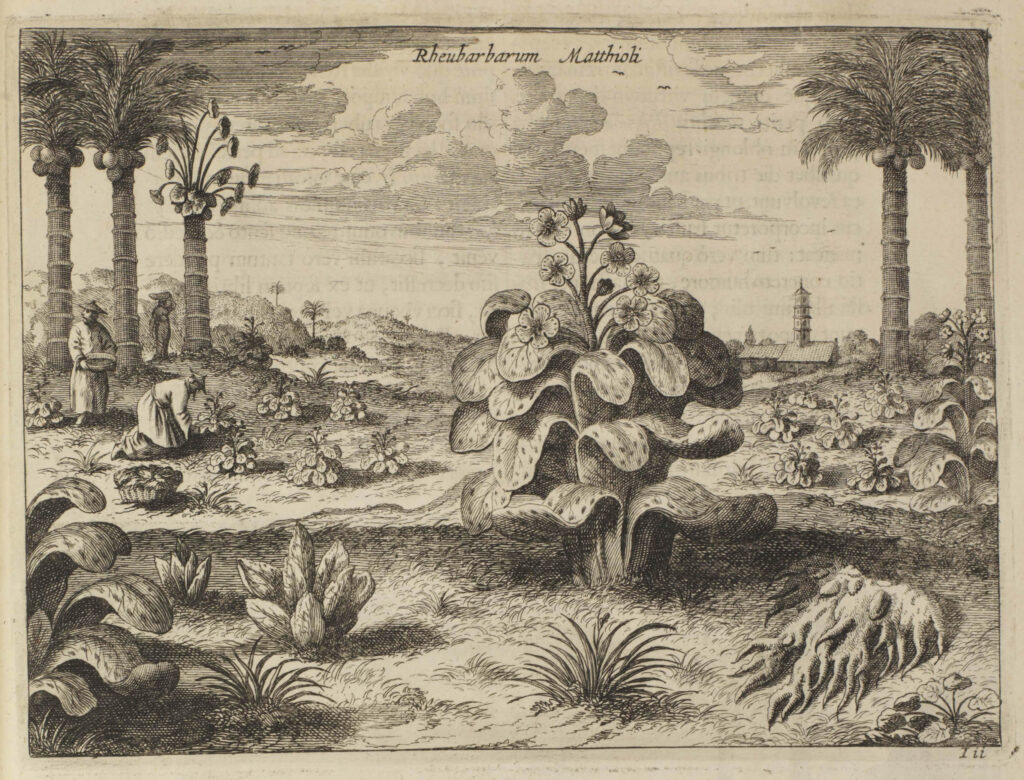

The various ways rhubarb has been described throughout its existence – as for instance ‘Turkish’ rhubarb or ‘Russian’ rhubarb – help explain how a plant that was cultivated in China for millennia came into contact with Europe and the West. Although this plant was grown in China and used medicinally for thousand of years, it was not until the trading path known as the Silk Route or Silk Road became well-travelled during the time of the Mongolian peace in the thirteenth and fourteenth centuries that the reddish stalks became used throughout the rest of the world.
Traders to China brought what they could back with them but the cost of transporting these plants in a usable fashion was quite high, with the result that rhubarb could be as expensive or more so than other Chinese luxury items like silk and satin. Interest in the plant was therefore high and Jesuit missionaries to China met this interest by describing such things as how it was cultivated and what special properties it had.
Famous Jesuit works of the seventeenth and eighteenth centuries, among them Athanasius Kircher’s China Illustrata (Amsterdam, 1667) and Jean-Baptiste Du Halde’s Description of the empire of China and Chinese Tartarie (an English edition of which was published in London in 1738), included drawings of the rhubarb plant in their descriptions of important items of Chinese flora. These books were widely circulated throughout Europe and enjoyed a wide readership. The rhubarb plant therefore became as well travelled in the imagination as it was in its physical state.
This example is another instance of how the descriptions made by travelers to China (including the Jesuit missionaries) enhanced the knowledge of one culture by the people of another and helped to make the world much more globalized – well before this term itself became a universal commonplace.
Related Items

The Italian Jesuit Martino Martini (1614-1661) was an historian and cartographer whose writings about China became influential throughout Europe. He was based in Hangzhou.
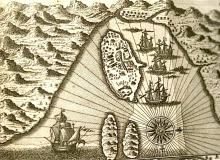
Portuguese vessels needed a place to refuel after rounding the Cape of Good Hope. Mozambique provided this safe haven.

